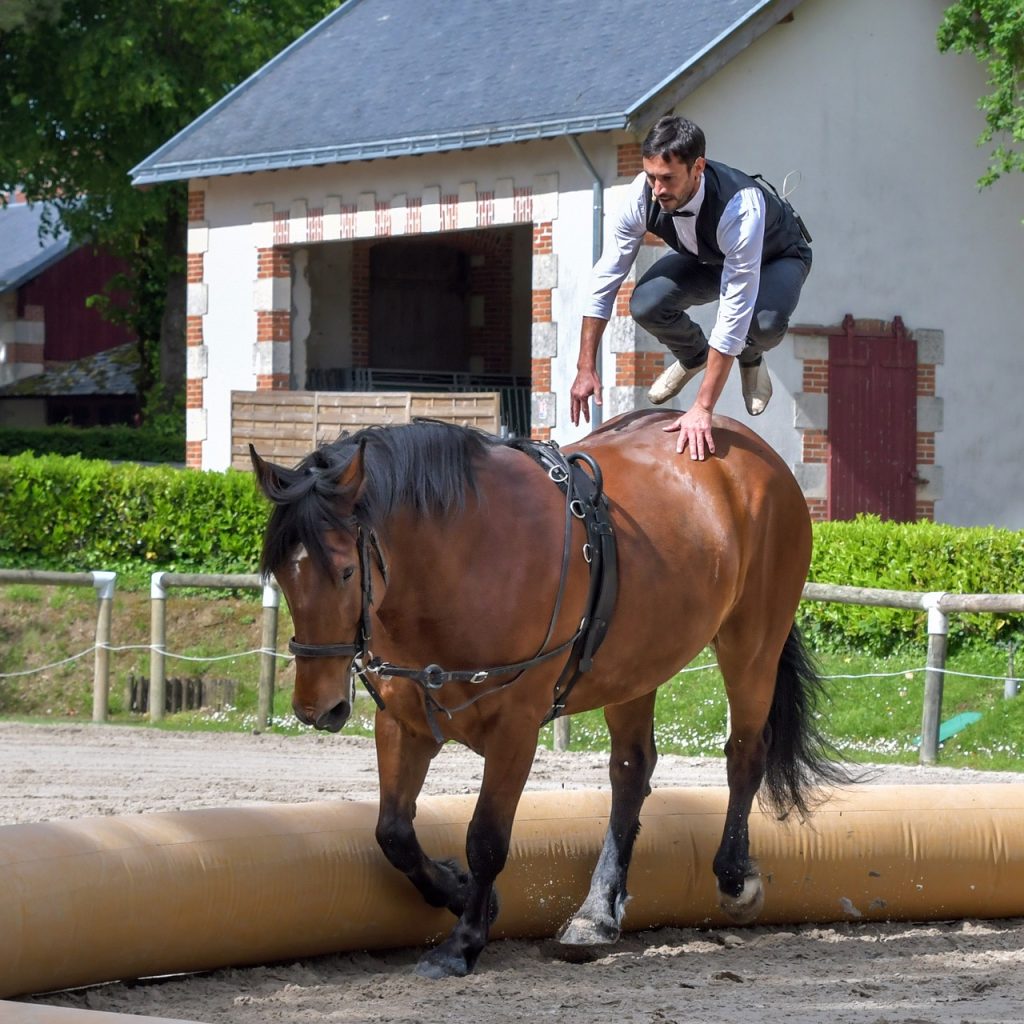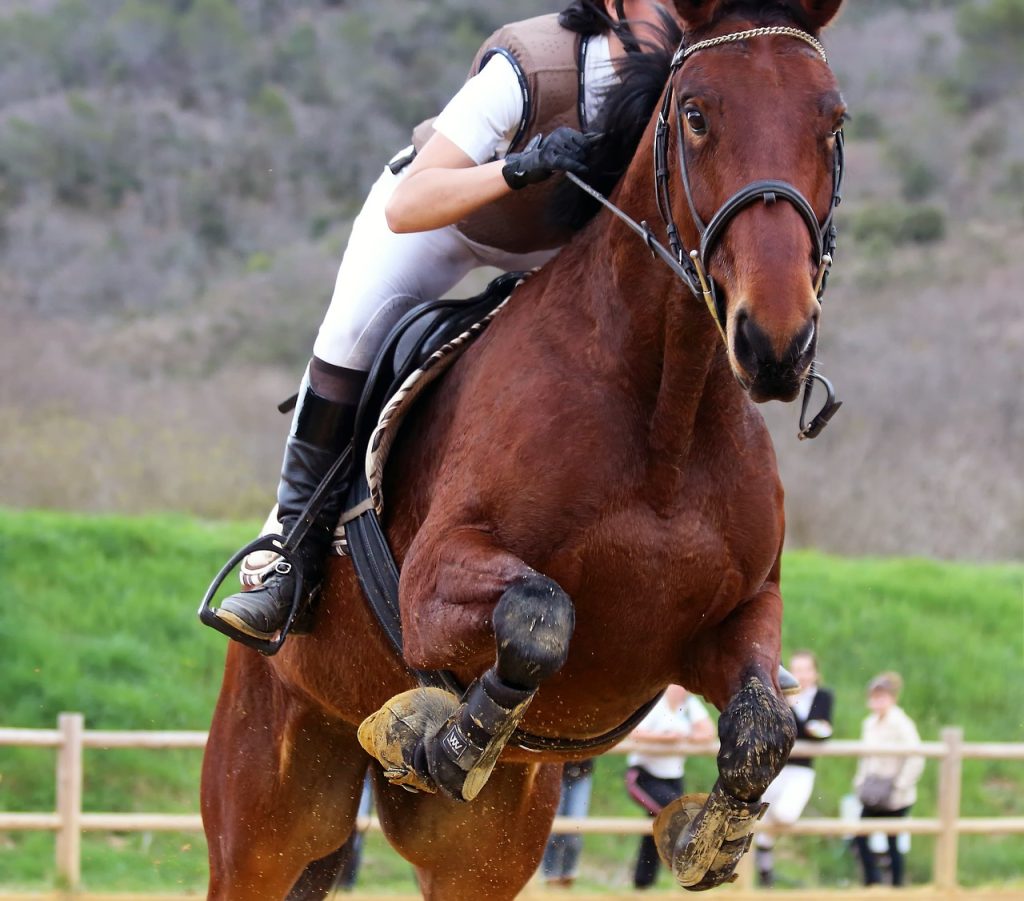Imagine yourself riding at sunrise, the cold, crisp air hitting your face as you and your horse forge an unbreakable bond of trust and kinship. Boldly galloping into the world of “advanced techniques in equestrian sports,” you’ll enhance your understanding of the intricate, fascinating world that lies ahead. This enlightening piece is your golden ticket, offering profound insights into equestrian strategies used by seasoned riders, enabling you to elevate your own skills. Every line, swathed with expertise and articulated with a passion for equine prowess, promises to guide you on an exhilarating journey of learning and discovery about advanced equestrian sports.

This image is property of pixabay.com.
Understanding Equestrian Sports
Equestrian sports are a vast and diverse world. They’re about more than just horseback riding – they encompass a multitude of disciplines and skills, all requiring a high level of ability, knowledge, and dedication.
Overview of Equestrian Sports
Equestrian sports are unique, in the sense that they involve the partnership between man and horse. This involves many diverse disciplines, such as dressage, show jumping, eventing, endurance riding, and rodeo, to name just a few. Each sport involves unique skills and techniques that both the horse and rider need to master.
The different types of Equestrian Sports
There are several types of equestrian sports, each with its unique character and challenges. Dressage involves performing a series of prescribed movements with the horse. Show jumping requires the horse to jump over a series of obstacles. Eventing combines dressage, show jumping, and cross-country riding into one discipline. Endurance riding tests the horse’s fitness over long distances, while rodeo sports involve a variety of challenging activities such as bronc riding and barrel racing.
Basic principles and rules of Equestrian Sports
Each equestrian sport has its own set of rules and principles. In general, though, they all emphasize good sportsmanship, safety, and respect for the horse. They require the rider to have a thorough understanding of their horse, to be able to control the horse properly, and to ride safely and effectively. The rules also set out the specifics of each sport, such as the required movements in dressage or the height of the jumps in showjumping.
Building the Basic Equestrian Skills
Mastering the fundamentals is key in any equestrian sport. It’s important to learn properly from the start and to build a solid foundation that will serve as the basis for more advanced skills later on.
Importance of mastering the basics
Mastering the basics of equestrian sports is crucial. These basics, such as a proper riding position, effective communication with the horse, and understanding the horse’s behavior, are the building blocks of all further skills. Not only do they ensure safety and effectiveness in riding, but they also form the fundamental basis for the more advanced techniques required in specific equestrian sports.
Different riding styles and techniques
There are numerous riding styles and techniques in equestrian sports, each suited to the particular demands of a specific sport. Dressage, for instance, requires a style that emphasizes elegance, precision, and harmony with the horse. Jumping, on the other hand, requires a style that focuses on balance, agility, and boldness. Each style comes with its own techniques, which must be mastered and practiced regularly.
Developing a good riding position
A good riding position is crucial in equestrian sports. It allows the rider to balance properly, to give effective aids to the horse, and to stay secure in the saddle. A proper riding position involves a straight, aligned posture, with the rider’s weight distributed evenly over their seat bones. The rider’s legs should hang long and relaxed, while their hands are held in a position that allows for effective communication with the horse through the reins.
Safety measures in Equestrian sports
Safety is paramount in equestrian sports. This involves not only wearing the right safety gear, such as a helmet and body protector, but also following proper safety procedures when handling and riding horses. Riders need to be aware of the risks involved and take all necessary precautions to minimize these, such as not riding alone, riding at a level that matches their skills, and always ensuring that their horse is fit and well-trained for the task at hand.
Importance of Physical Conditioning
In equestrian sports, physical conditioning is not only important for the rider, but also for the horse. Both need to be fit, strong, and agile in order to perform at their best.
Role of rider fitness in success
Physical fitness plays a significant role in the success of a rider. A fit rider can maintain a proper riding position, communicate effectively with their horse, and cope with the physical demands of long or intense rides. Riding can be strenuous, and a rider’s fitness level can directly impact their performance, endurance, and ability to handle difficult situations.
Exercises for enhancing riding ability
There are many exercises that can enhance your riding ability. General fitness exercises that build strength and flexibility, such as yoga and Pilates, can be very beneficial. Specific exercises that target key riding muscles, like the core, legs, and arms, are also important. balance exercises, such as those done on a balance ball or a wobble board, can improve your stability in the saddle.
Nutrition for Equestrian athletes
Good nutrition is important for equestrian athletes, just as it is for any other type of athlete. A healthy, balanced diet provides the energy and nutrients necessary to fuel physical activity, support recovery, and maintain overall health. Riders should aim for a diet rich in carbohydrates for energy, proteins for muscle repair and growth, and healthy fats for long-lasting energy.
Recovery and relaxation techniques
Rest and recovery are vital components in an equestrian athlete’s routine. These can include proper sleep, regular massages to relieve muscle tension, stretching to improve flexibility, and mental relaxation techniques such as meditation. Additionally, hot-cold treatments and professional physiotherapy can aid in recovery after intense training or competition.
Understanding the Psychology of the Horse
Riding is not just about physical skills; it’s also about understanding the horse’s mind and building a positive relationship with it.
Horse behavior basics
Horses are herd animals, and they behave according to the dynamics of their herd. This means that they have a social hierarchy, they communicate with each other in subtle ways, and their behavior can be influenced by various factors, such as stress, hunger, fear, or excitement. Knowing and understanding these basics can greatly improve your ability to communicate and work with them effectively.
Reading body language and signals
Horses communicate primarily through body language. They express their feelings, intentions, and reactions through their movements, postures, and facial expressions. Learning to read these signals can provide valuable insights into the horse’s state of mind and help you communicate more effectively with it.
Building trust and rapport with the horse
Trust and rapport are vital in the relationship between rider and horse. These can be built through consistent, positive interactions, respectful handling, and a good understanding of the horse’s needs and behavior. A horse that trusts its rider will respond more readily and willingly, making the sport much more enjoyable and successful.

This image is property of pixabay.com.
Training Techniques for the Horse
Training a horse for equestrian sports is a systematic process that involves gradual progression, regular practice, and careful attention to the horse’s physical and mental wellbeing.
Importance of horse fitness
Like humans, horses need to be in good physical shape to perform well in equestrian sports. This involves regular exercises to improve their strength, stamina, balance, and agility. Conditioning exercises, such as hillwork, trotting and cantering sets, and gymnastics, can greatly improve a horse’s fitness.
Training schedules and routines
A good training schedule is crucial for a horse’s progress and performance. It should provide a well-rounded mix of workouts, including conditioning, technical work, and rest days. The schedule needs to be regularly reviewed and adjusted according to the horse’s needs, progress, and condition.
Nutrition and diet for horses
Proper nutrition is essential for a horse’s health and performance. It requires a balanced diet that meets all their nutritional needs, including energy, protein, vitamins, and minerals. Feeding should be tailored to the horse’s workload, with more energy-dense feeds for intense training or competition periods, and less energy-dense feeds during rest periods.
Injury prevention and rehab for horses
Preventing injuries is an important aspect of training horses. This involves careful warming up and cooling down, regular checks for any signs of discomfort or injury, and providing appropriate rest and recovery. In case of an injury, prompt treatment and a properly planned rehab program can accelerate recovery and minimize the risk of recurrent injuries.
Competing in Equestrian Sports
Competition brings an extra level of excitement and challenge to equestrian sports. It also requires additional preparation and skills, both on the part of the rider and the horse.
Preparing for competitions
Preparation for competitions begins long before the day of the event. It involves careful planning, consistent training, and meticulous grooming of the horse. Riders also need to familiarize themselves with the competition rules and requirements, and mentally prepare themselves for the pressures and uncertainties of the competition.
Guidelines for performance enhancement
Performance in equestrian sports can be enhanced in several ways. Maintaining optimal fitness, refining riding techniques, and building strong connections with the horse are all critical. Psychological factors, such as confidence, focus, and resilience, also play a major role. Strategies like goal setting, visualization, and mental training can be effective in improving performance.
Dealing with performance pressure
Pressure can be high during equestrian competitions. Riders may feel anxious, tense, or nervous, which can adversely affect their performance. Strategies to handle this pressure can include relaxation techniques, mental training, and maintaining a positive mindset. It’s also important to keep things in perspective and to remember that success in equestrian sports is not just about winning, but also about improving and enjoying the process.
Post-competition evaluations
After a competition, it’s important to review and evaluate your performance. This can provide valuable insights into your strengths and weaknesses, and help you to plan your future training and competition strategies. Reflecting on both the positives and the areas for improvement can fuel your motivation and aid in your progress.

This image is property of pixabay.com.
Riding Equipment and Its Importance
The right equipment can make a big difference in equestrian sports. It can enhance the rider’s control, improve the horse’s comfort, and increase safety.
Understanding the use of different equipments
There’s a wide variety of equipment used in equestrian sports, from saddles and bridles to horseshoes and riding apparel. Each piece of equipment has a specific purpose and function, and understanding how to use it properly is a vital part of equestrian knowledge.
Selecting the right equipment
Choosing the right equipment for both rider and horse is crucial. The equipment needs to be of good quality, well-fitted, and suited to the demands of your specific riding discipline. It’s often worthwhile to seek professional advice when selecting equestrian equipment.
Maintaining equestrian equipments
Maintaining your equestrian equipment is vital for its longevity and effectiveness. This involves regular cleaning and checks for any signs of wear and tear. Damaged equipment should be promptly repaired or replaced to ensure safety and performance.
Safety equipment in equestrian sports
Safety equipment is an essential component of riding gear. This includes helmets, body protectors, boots, and gloves. These items can provide protection from falls and other accidents, and are mandatory in most equestrian sports.
Advanced Riding Techniques
As you progress in your equestrian journey, you’ll need to develop more advanced riding skills. These are the techniques that will allow you to take your riding to the next level.
Control and balance techniques
Advanced control and balance techniques, such as subtle rein aids, precise leg aids, and maintaining balance during complex exercises or movements, become vital as you progress in your riding skills. They allow you to communicate more effectively with your horse and to execute advanced maneuvers with precision.
Jumping techniques
For sports like show jumping or eventing, advanced jumping techniques are required. These include timing of the aids, judging the approach and take-off, maintaining balance over the jump, and regaining control quickly after landing. These techniques need to be honed over time and with plenty of practice.
Coping with difficult terrains and weather conditions
Advanced riders need to be able to cope with a variety of challenging terrains and weather conditions. Whether it’s negotiating a steep, muddy hill, navigating a technical cross-country course, or riding in extreme heat or cold, these skills can be crucial for success and safety in many equestrian sports.
Advanced training exercises
Advanced training exercises can help to further improve your riding skills and your horse’s performance. These can range from complex dressage movements to tricky jumping sequences, and they require a high level of skill, precision, and understanding.
Equestrian Sport Specializations
There are many different disciplines within equestrian sports, each with its unique character, challenges, and rewards.
Dressage
Dressage is often described as the ballet of equestrian sports. It emphasizes precision, elegance, and perfect communication between horse and rider. At advanced levels, it includes a series of highly coordinated movements that demonstrate the horse’s training, agility, and obedience.
Show Jumping
Show Jumping involves jumping over a series of obstacles of varying heights and widths. It requires a bold, agile horse and a rider capable of accurately judging distances, executing precise control, and managing the horse’s energy and enthusiasm.
Eventing
Eventing combines dressage, show jumping, and cross-country riding into one discipline. It tests the horse’s and rider’s versatility, endurance, and bravery. Completing an eventing competition is a significant achievement that requires a high level of preparation and skill.
Rodeo sports
Rodeo sports provide a different type of equestrian challenge. They include activities such as bronc riding, barrel racing, and roping, all of which require quick reflexes, a fearless attitude, and a strong partnership with the horse.
Trends and Innovations in Equestrian Sports
Like all sports, equestrian sports are constantly evolving. There are always new trends and innovations that are shaping the future of the sport.
Advancements in training methods
In recent years, there have been many advancements in training methods. These include new techniques for improving both horse and rider fitness, increased focus on horse psychology and behavior, and the use of technology for more precise and effective training.
Technological innovations in equipment
Technology is increasingly being incorporated into equestrian equipment, from innovative helmet designs for improved safety to smart saddle pads that can track and analyze the horse’s performance. These innovations can provide riders with valuable information and enhance their riding experience.
Role of analytics in equestrian sports
Analytics is playing a growing role in equestrian sports. Riders and trainers are now using data to understand and optimize riding technique, horse performance, training routines, and more. This scientific approach can provide valuable insights and drive improvement in all areas of the sport.
Sustainable practices in equestrian sports
Sustainability is becoming a more prominent issue in equestrian sports. Efforts are being made to reduce the sport’s environmental impact, promote ethical animal practices, and support local communities. For example, many horse shows now prioritize green initiatives like waste recycling and energy efficiency.
Equestrian sports have always evolved over time and will continue to do so. As we embrace new technologies, trends, and ideas, we can look forward to an exciting future for the sport.
